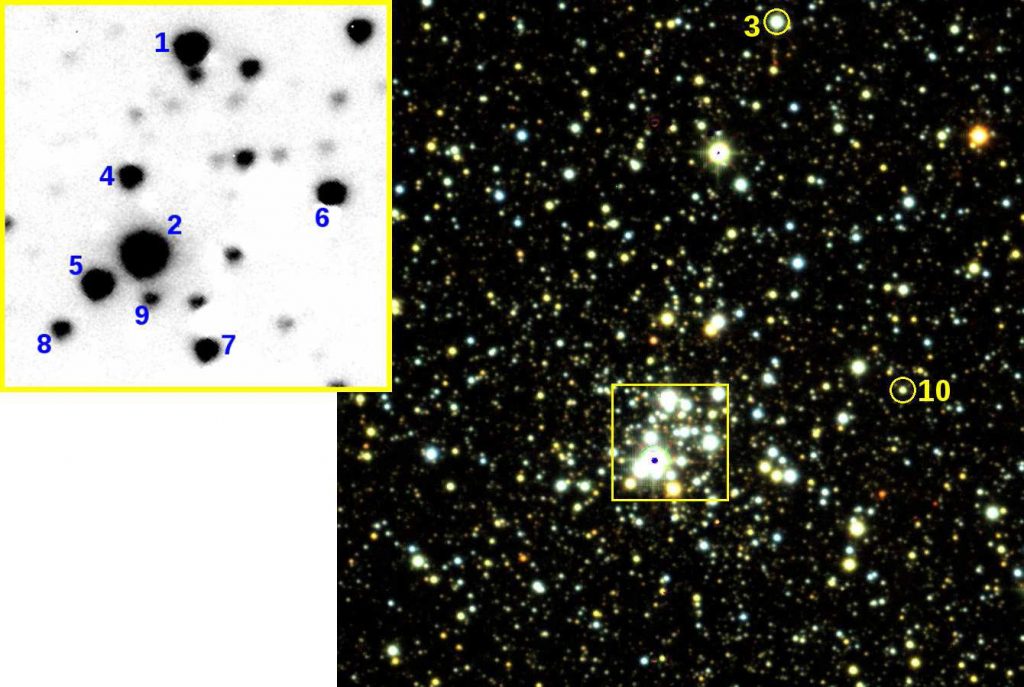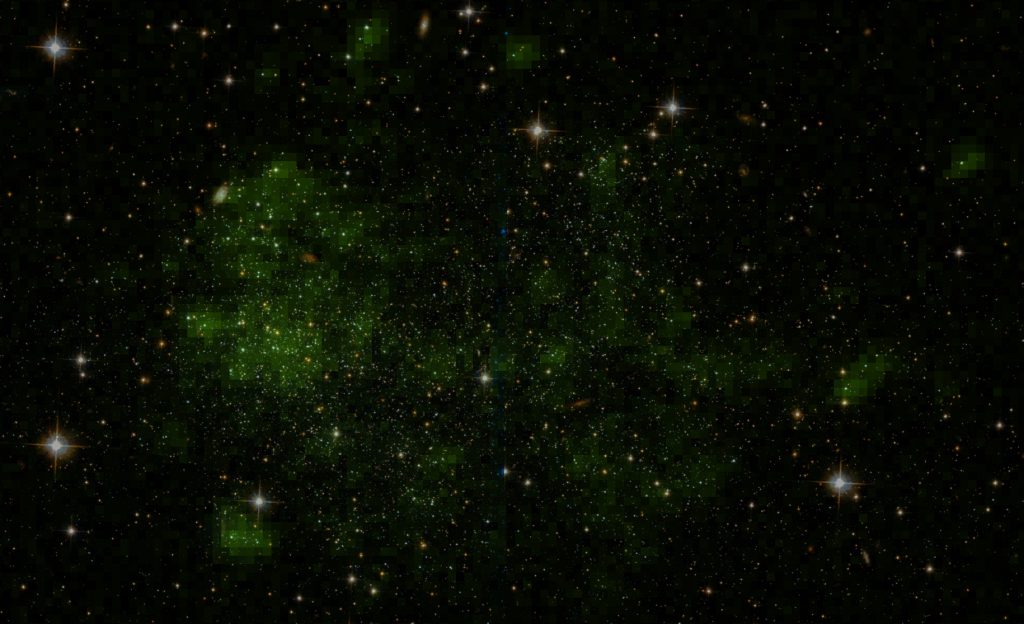The team of Massive Stars at the Torrejón campus of the Centre for Astrobiology works to characterize different aspects of the physics and evolution of these objects, using advanced codes and extensive sets of spectroscopic observations across the electromagnetic spectrum. The rest of the CAB Massive Stars Group is based at Villafranca (learn more about them).
Massive stars are fundamental agents of the Universe at galactic-scale. They are mighty sources that ionize and shape the interstellar medium. Their death as supernova can outshine entire galaxies and releases a wealth of metals synthesized in the stellar interior enriching the Universe. Massive stars live fast, die young and may leave beautiful corpses such as neutron stars or black holes behind. The inspiriling final dance of the most massive pairs are progenitors of gravitational wave events, now rutinely detected by LIGO. Either as basic ingredients or probes, massive stars are crucial to understanding a variety of phenomena in Astrophysics.
Our group has a long record on spectroscopic studies of massive stars at near infrared near-IR wavelengths. Near-IR observations pierce through dust and extinction, reaching very interesting massive clusters located in the Galactic disk that sometimes host extreme stages of massive star evolution. For instance, we have obtained unprecedented information of the clusters of massive stars close to the Galactic Center (Quintuplet and Arches clusters) from near-IR quantitative spectroscopy. We are also working to unveil and characterize new populations of massive stars in the disk of the Milky Way that will be used to map the chemical composition of our Galaxy. In the far infrared (far-IR), we have used HERSCHEL observations to study the inhonogenieties of the winds of massive stars, and were deeply involved in SPICA.

Image credit: De la Fuente Guillén, PhD thesis
One of the pivotal open questions of the field is to understand the role of metallicity in the evolution and physics of massive stars. In order to provide reliable answers, large stellar samples in a variety of metallicity environments are needed. We are leading a unique effort to find hot massive stars in nearby dwarf irregular galaxies with poorer metal content than the Small Magellanic Cloud (SMC). This sample of stars is extremely useful to study high redshift galaxies and to infer the physics of the first stars of the Universe. We are also part of the large international consortium VLT-FLAMES Tarantula Survey assembled to perform large spectroscopic surveys on both Magellanic Clouds. On the high-metallicity end, we have built our own collection of data from the Milky Way and M33. As a whole, our dataset spans a wide variety of metallicities, ranging from the metal-rich to the extreme metal-poor regime.

Credit: M. Garcia.
The team’s expertise is well balanced between the technical, theoretical and observational aspects. Besides our past involvement and F. Najarro’s leadership within the Spica mission, we were members of the science teams supporting the construction of the WSO-FCU, MEGARA and WEAVE instruments, and currently work with the ESA and NASA teams promoting the construction of a future large space telescope. We handle the codes that currently provide the best description of the atmospheres of hot massive stars, and keep working to improve CMFGEN. Finally, we have assembled a powerful database of photometric and spectroscopic observations (UV, optical and near-IR ranges, with some additional data in the far-IR and radio), built from our successful proposals to large facilities (HST, HERSCHEL, VLT, GTC, VLA).




